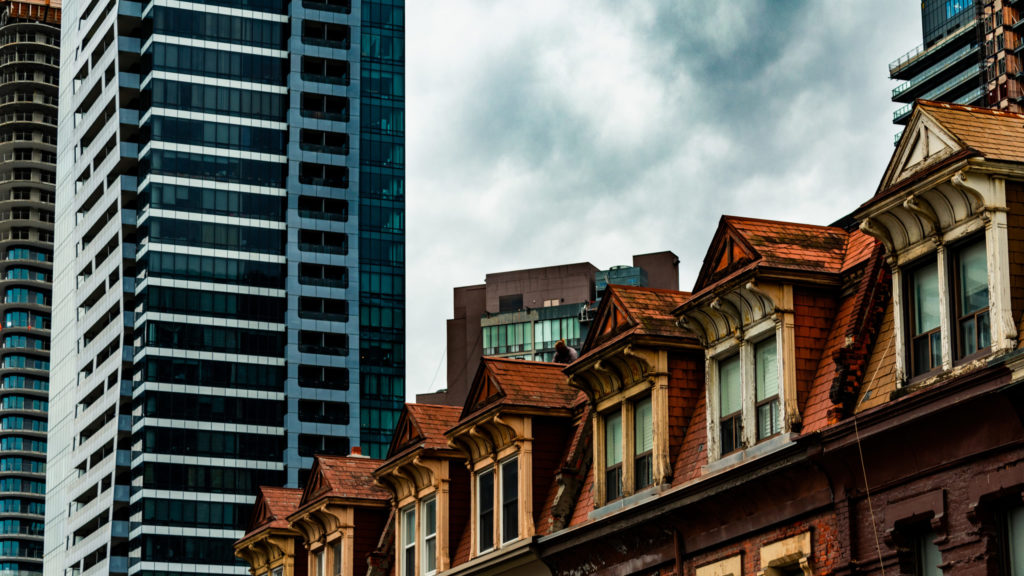251 Words
Root cause or magic cure? The curious case of new apartments in gentrifying neighborhoods.
New market-rate apartments in low-income neighborhoods are a common scapegoat for gentrification. After all, are the $2,000 rents and rooftop pools what the community asked for? For many, these developments are the harbinger of escalating housing costs via “demand shock.”
At the same time, others argue that new apartments in gentrifying areas actually help tamp overall costs down with a “supply shock”—accommodating households that would otherwise compete for housing in existing homes.
Both narratives make some intuitive sense, and both have plenty of anecdotes to rely on for support. But the plural of anecdote is not data, so researchers at the Upjohn Institute took to their spreadsheets to investigate this question for 11 major American cities. What did they find?
First, the data showed that the “arrival” of high-income people is generally absorbed by new construction, rather than the current supply. Second, they determined that while rents for homes adjacent to new buildings may not go down, they actually end up 5-7% lower than rents for units further away. Finally, they found new buildings lead to an increase in the number of low-income persons who move into the area.
Reader beware, though: the authors acknowledge their analysis looked exclusively at large-scale construction in strong-market cities, and that averaged findings may conceal instances where new apartments did cause rent increases across the board.For the full analysis, read the policy brief and complete working paper. And remember, you can always see how rents are changing in your area with Sourcebook.
Don’t want to miss a post? Sign up here to get the microblog delivered directly to your inbox every week.
